

Articles
How Wide Do Curtains Need To Be
Modified: December 7, 2023
Discover the optimal width for curtains in this informative article. Find out how to measure your windows and choose the perfect size for your curtains.
(Many of the links in this article redirect to a specific reviewed product. Your purchase of these products through affiliate links helps to generate commission for Storables.com, at no extra cost. Learn more)
Introduction
Curtains play a crucial role in enhancing the aesthetics of any room. Not only do they block out unwanted light and provide privacy, but they also add a touch of style and personality to your living space. However, one common dilemma that many people face when choosing curtains is determining the right width. After all, curtains that are too narrow can appear skimpy, while those that are too wide may overwhelm the window and bunch up when closed.
In this article, we will explore the factors you should consider when determining how wide curtains need to be for your windows. By understanding the key elements involved in measuring and calculating curtain width, you will be better equipped to make informed choices that will enhance the overall look and functionality of your curtains.
Key Takeaways:
- Choosing the right curtain width involves considering window size, style, functionality, mounting, and personal preference. Accurate measurements and fullness ratio are crucial for achieving the perfect fit and luxurious look.
- Custom-made curtains, layering, extensions, and tiebacks offer alternative options for achieving the desired curtain width. These options provide flexibility and customization to ensure a perfect fit and complement the room’s aesthetic.
Factors to Consider
When determining how wide your curtains should be, it’s important to take several factors into consideration. These factors will help you achieve the perfect balance between functionality and aesthetics. Here are the key factors to consider:
- Window Size: The size of your window will greatly influence the width of your curtains. Larger windows will require wider curtains to adequately cover the window and provide proper coverage when closed. Smaller windows, on the other hand, may require narrower curtains to maintain a proportional look.
- Curtain Style: Different curtain styles have different requirements when it comes to width. For example, sheer curtains typically require more fullness and width than heavier, more opaque curtains. Additionally, pleated or gathered curtain styles may require more width to achieve the desired fullness and drape.
- Functionality: Consider the purpose and functionality of the curtains in the room. If you need curtains to block out light and ensure privacy, you may want to opt for wider curtains to ensure proper coverage when closed. Conversely, if you prefer curtains primarily for decorative purposes, you may have more flexibility in terms of width.
- Mounting Style: The way in which you plan to mount your curtains can impact the required width. If you plan to mount the curtains inside the window frame, you may need narrower curtains to fit within the frame. Alternatively, if you plan to mount the curtains outside the window frame, you may want to go for wider curtains to achieve a more dramatic and full look.
- Personal Preference: Ultimately, your personal preference and style should also be taken into account. Consider the overall aesthetic of the room, your desired level of light control, and the specific look you wish to achieve when selecting the width of your curtains.
By considering these factors, you can ensure that you choose the optimal width for your curtains, striking the perfect balance between functionality and style.
Measuring the Window
Accurate measurements are essential when determining how wide your curtains should be. By properly measuring the window, you can ensure a precise fit and avoid any potential issues later on. Here’s a step-by-step guide on measuring your window:
- Start by using a steel measuring tape for the most precise measurements.
- Measure the width of the window frame from left to right. Take note of the measurement in inches or centimeters.
- Next, measure the height of the window from the top to the bottom, again recording the measurement.
- If you plan to mount the curtains inside the window frame, subtract about 1-2 inches from the width measurement to allow for a proper fit. This will ensure that the curtains don’t scrape against the sides of the frame when opened or closed.
- On the other hand, if you’re planning to mount the curtains outside the window frame, add extra width to the measurement. Generally, an additional 4-6 inches on each side is recommended for a full and luxurious look.
Remember to double-check your measurements to ensure accuracy before making any purchasing decisions. Taking precise measurements will help you determine the appropriate width for your curtains and ensure a tailored fit for your windows.
Determining the Fullness
The fullness of curtains refers to the amount of fabric used compared to the width of the window. Determining the desired fullness is crucial in achieving a visually pleasing and luxurious look for your curtains. Here’s how you can determine the fullness:
- Decide on the desired fullness ratio. A fullness ratio of 2 to 2.5 is typically recommended for a rich and elegant appearance. This means that the width of the curtains should be 2 to 2.5 times the width of the window. For example, if your window measures 60 inches in width, the curtains should ideally be between 120 to 150 inches wide.
- Consider the type of fabric you’re using. Lighter fabrics, such as sheers, may require more fullness to create a desirable drape. Heavier fabrics, on the other hand, may require less fullness to achieve a pleasing look.
- Keep in mind the style of pleating or gathering you plan to use. Different pleating styles require different amounts of fabric to create the desired effect. For example, pinch pleats typically require more fullness compared to grommet or rod pocket styles.
- Consider the overall aesthetic and level of opulence you want to achieve. If you desire a more lavish and extravagant look, you may opt for a higher fullness ratio. For a cleaner, more tailored look, a lower fullness ratio may be preferable.
Remember that these are general guidelines, and your personal preference and the specific style of your curtains may influence the fullness ratio. It’s always a good idea to consult with a curtain specialist or refer to the manufacturer’s recommendations to ensure the desired effect is achieved.
When measuring for curtains, the general rule is to double the width of the window to allow for proper fullness and coverage. This will create a more luxurious and full look when the curtains are closed.
Calculating the Width
Once you have measured your window and determined the desired fullness, you can now calculate the width of your curtains accurately. Here’s a step-by-step process to help you calculate the width:
- Start by multiplying the width of your window by the desired fullness ratio. For example, if your window measures 60 inches in width and you want a fullness ratio of 2.5, multiply 60 by 2.5 to get 150 inches.
- Take into account any adjustments needed based on the mounting style you have chosen. If you plan to mount the curtains inside the window frame, subtract the necessary inches as mentioned earlier. Alternatively, if you’re mounting the curtains outside the frame, add the additional inches for a fuller look.
- Consider the width limitations of the fabric you have chosen. Fabrics usually come in standard widths, such as 54 or 58 inches. If your calculated width falls within these limitations, you can proceed with that measurement. However, if you require a width wider than the available fabric width, you may need to purchase multiple panels and join them together.
- Decide if you want some overlap in the middle when the curtains are closed. This additional width will ensure proper coverage and eliminate any gaps between the panels. It’s recommended to add approximately 4-8 inches of overlap for optimal functionality and aesthetics.
By following these calculations, you can determine the precise width needed for your curtains. Remember to be mindful of any adjustments based on mounting style, fabric limitations, and personal preferences to ensure the perfect fit and appearance.
Read more: How Wide Should Blackout Curtains Be
Alternative Options
While calculating the width of your curtains based on the window measurements and desired fullness ratio is a common approach, there are alternative options to consider. These options provide flexibility and customization to ensure the perfect fit for your windows. Here are some alternative options:
- Custom-Made Curtains: If you’re unable to find ready-made curtains that meet your specific measurements and requirements, consider going for custom-made curtains. With custom options, you have complete control over the width, length, and style of your curtains, ensuring a perfect fit and the desired look.
- Layering: Another option to achieve the desired width is by layering curtains. Instead of relying on a single panel of curtains, you can use multiple layers to create a fuller and more luxurious look. Layering can also add depth and texture to your window treatments.
- Curtain Extensions: In certain cases, where you have existing curtains that are slightly narrower than desired, you can add curtain extensions. These extensions are additional panels of fabric that can be attached to the sides of the existing curtains using hooks or Velcro, allowing you to increase the width without the need to purchase entirely new curtains.
- Tiebacks or Holdbacks: If you have curtains that are slightly wider than necessary, you can use tiebacks or holdbacks to gather and hold the excess fabric, creating a visually pleasing and tailored appearance. This option can be particularly useful if you prefer a more gathered and draped look during certain times, while still having the option to let the curtains hang freely.
These alternative options give you more flexibility in achieving the desired width and overall look for your curtains. Whether you choose custom-made curtains, layering, using extensions, or incorporating tiebacks/holdbacks, you can ensure a personalized and tailored fit that complements your style and window dimensions.
Conclusion
Choosing the right width for your curtains is essential in achieving a harmonious and visually appealing look for your windows. By considering factors such as window size, curtain style, functionality, mounting style, and personal preference, you can determine the optimal width for your curtains.
Measuring the window accurately and understanding the desired fullness ratio are key steps in calculating the width of your curtains. Remember to take into account any adjustments based on the mounting style and fabric limitations. If necessary, explore alternative options such as custom-made curtains, layering, curtain extensions, or the use of tiebacks/holdbacks to achieve the perfect fit and desired aesthetic.
Whether you prefer a fuller, more gathered look or a clean, tailored appearance, finding the right width for your curtains will enhance the overall ambiance of your room. Take your time to consider all the factors, consult with experts if needed, and trust your own sense of style to create a beautiful and functional window treatment that reflects your personal taste.
With proper measuring, calculation, and careful consideration, you can confidently select curtains that perfectly complement your windows and elevate the overall aesthetic of your living space.
Frequently Asked Questions about How Wide Do Curtains Need To Be
Was this page helpful?
At Storables.com, we guarantee accurate and reliable information. Our content, validated by Expert Board Contributors, is crafted following stringent Editorial Policies. We're committed to providing you with well-researched, expert-backed insights for all your informational needs.
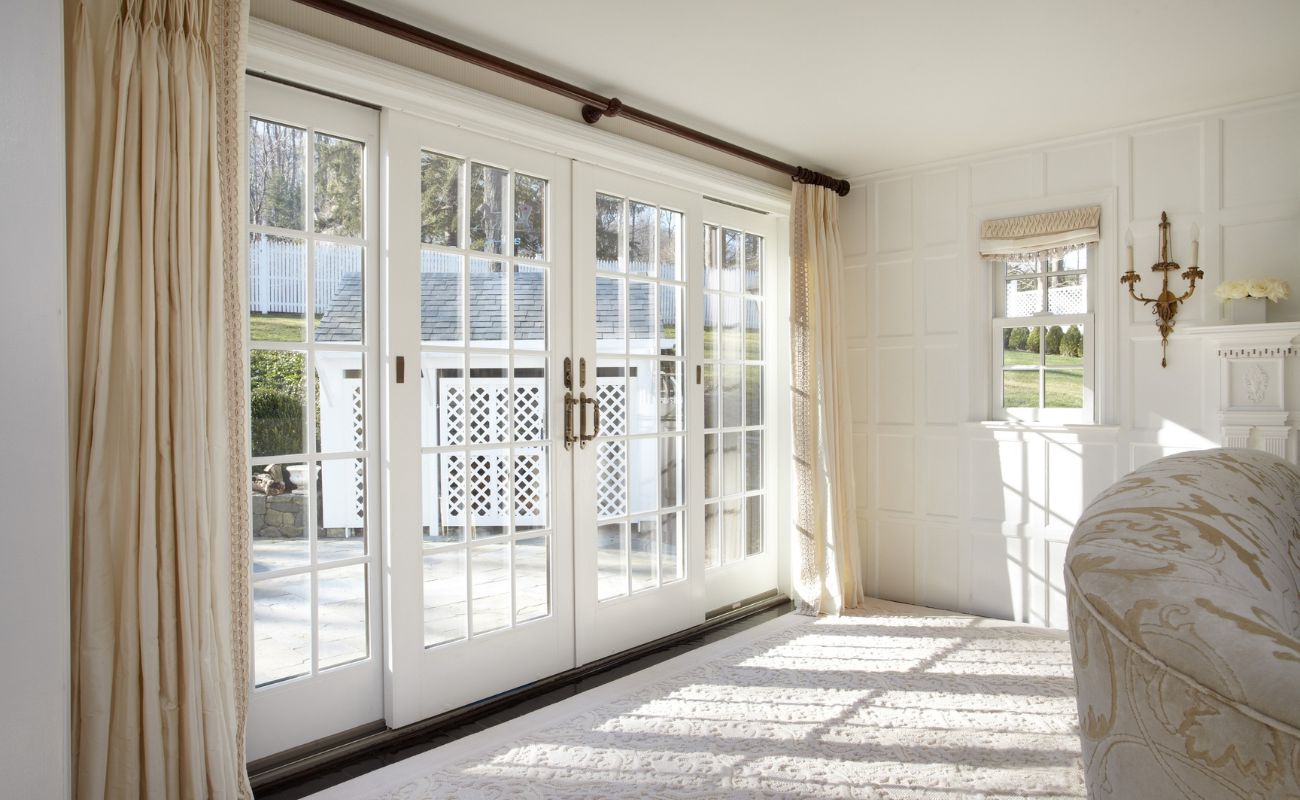
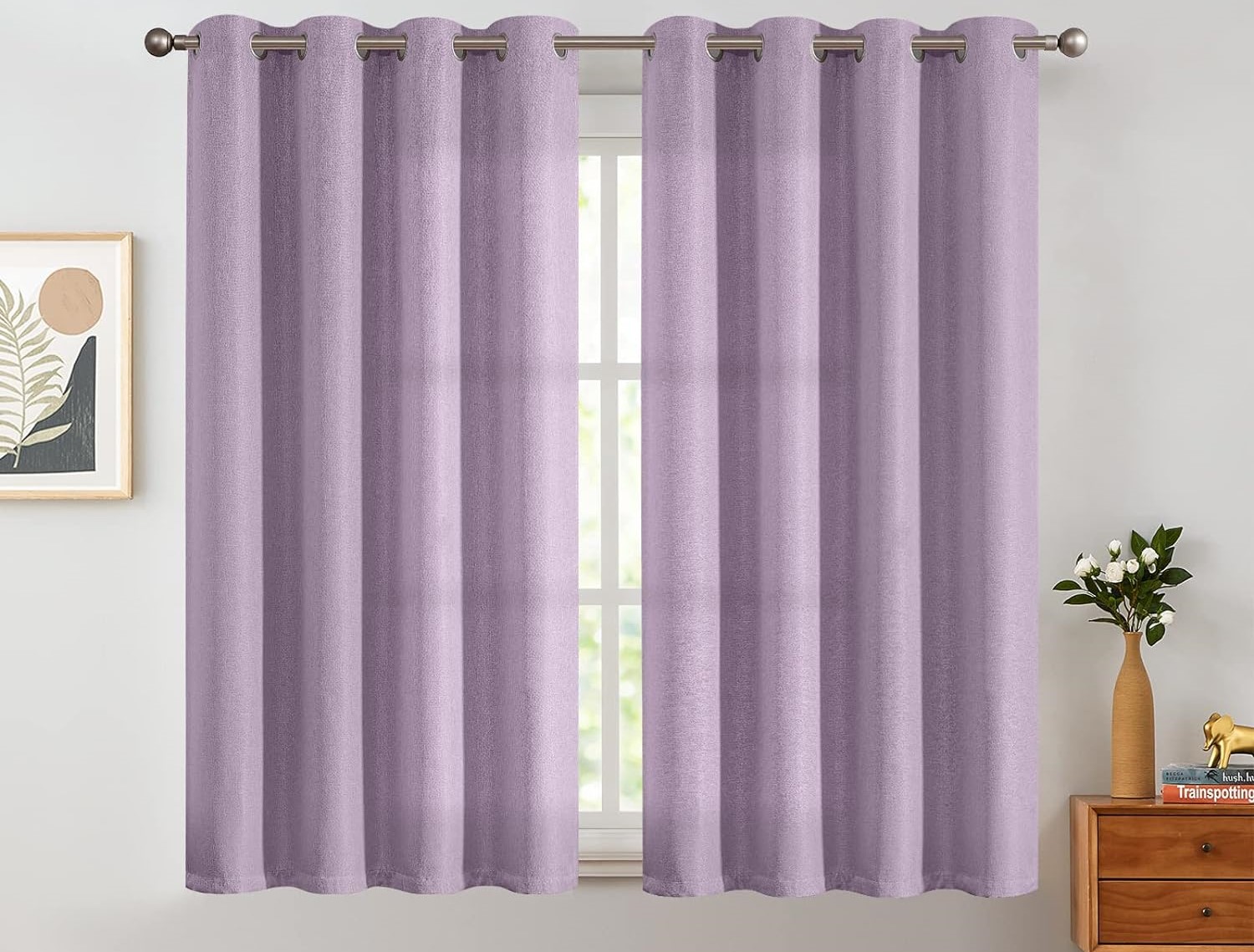
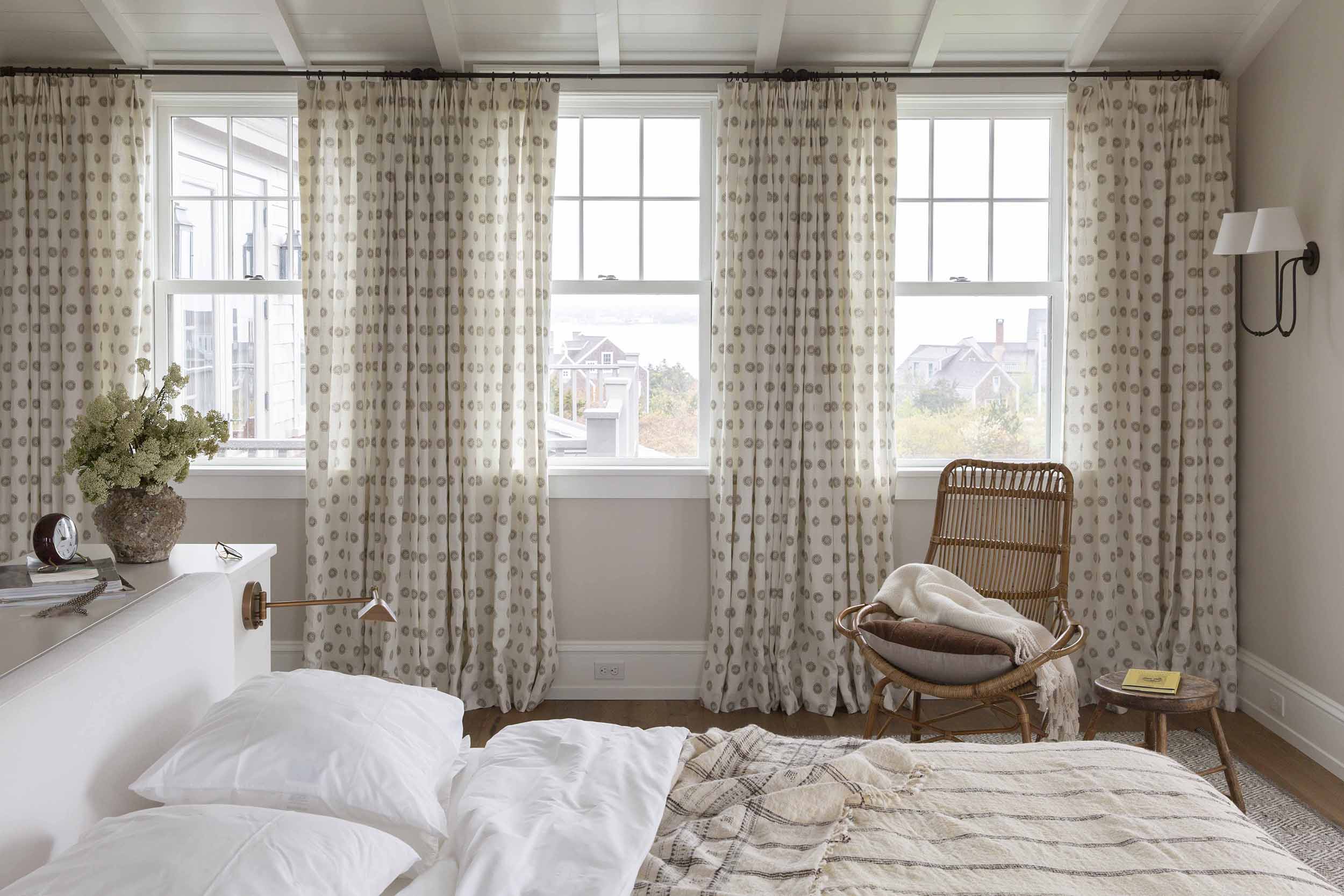
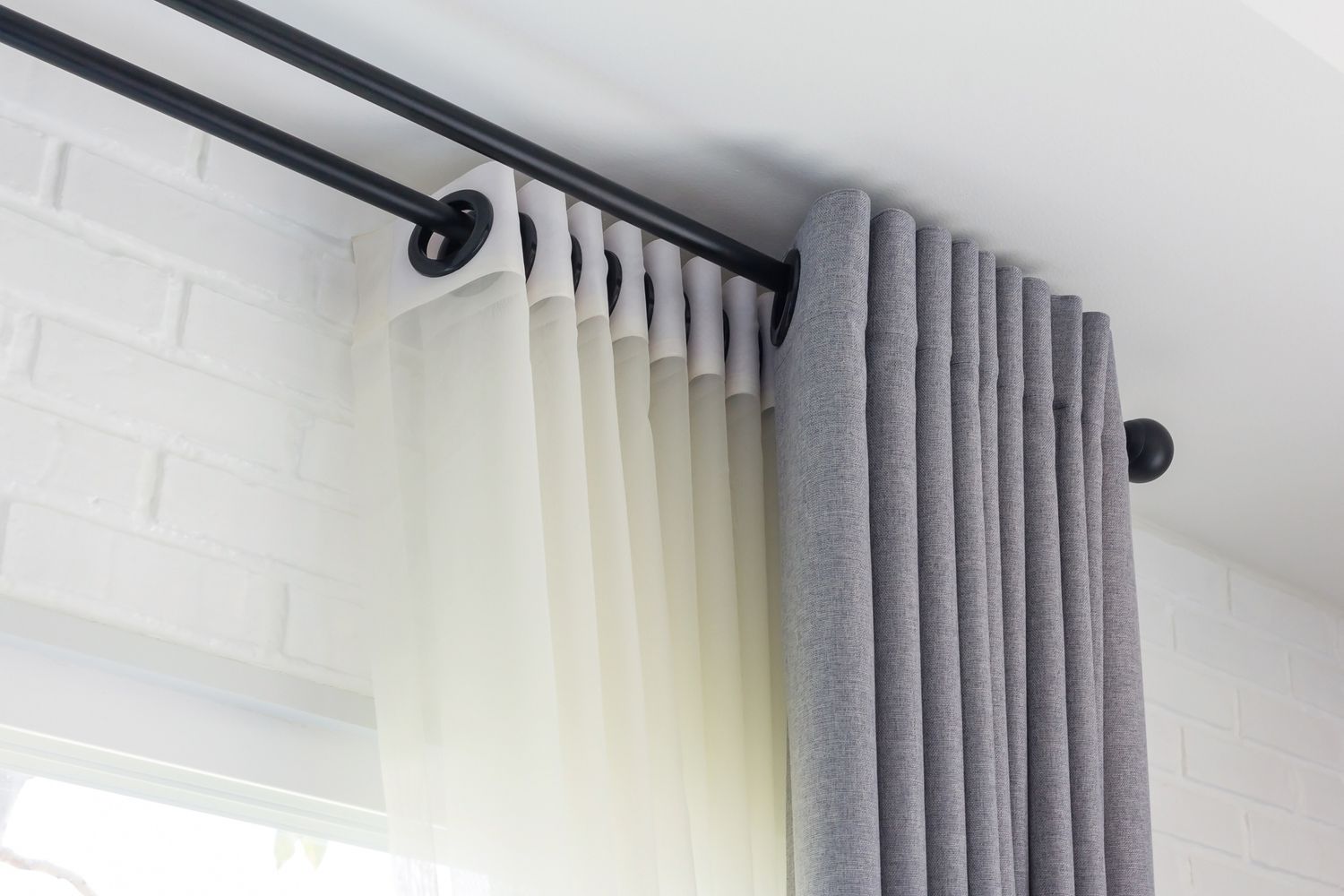
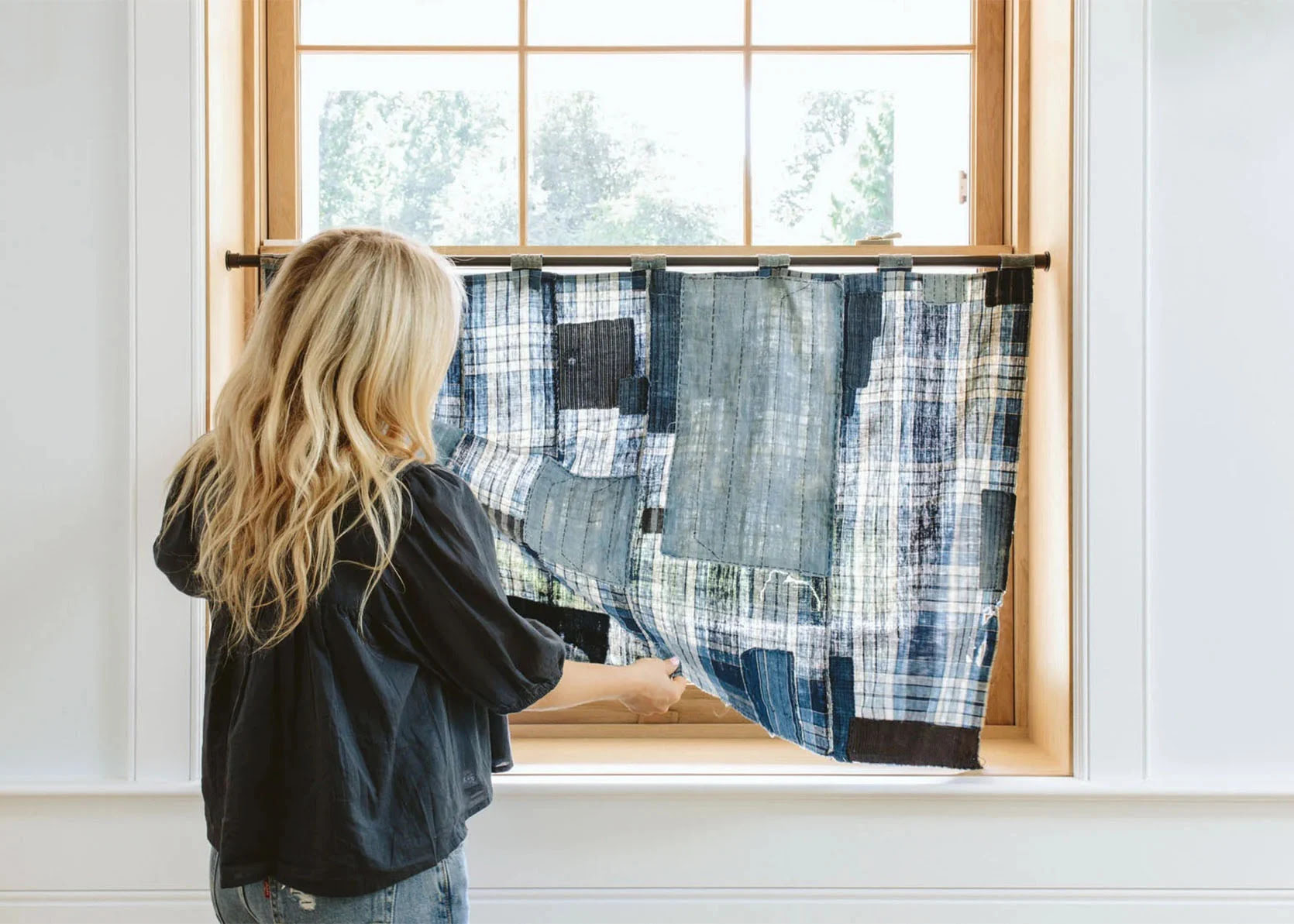
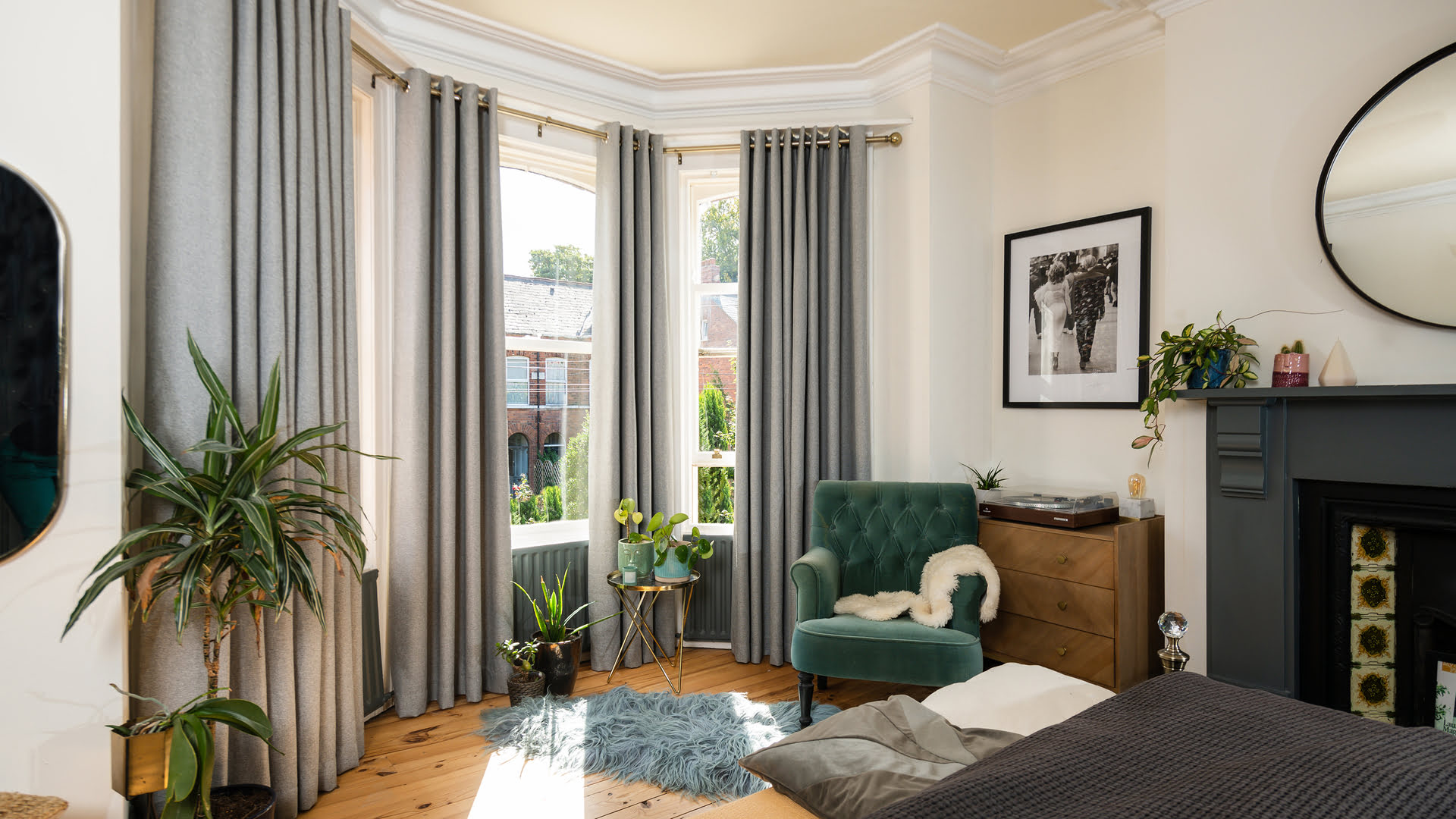
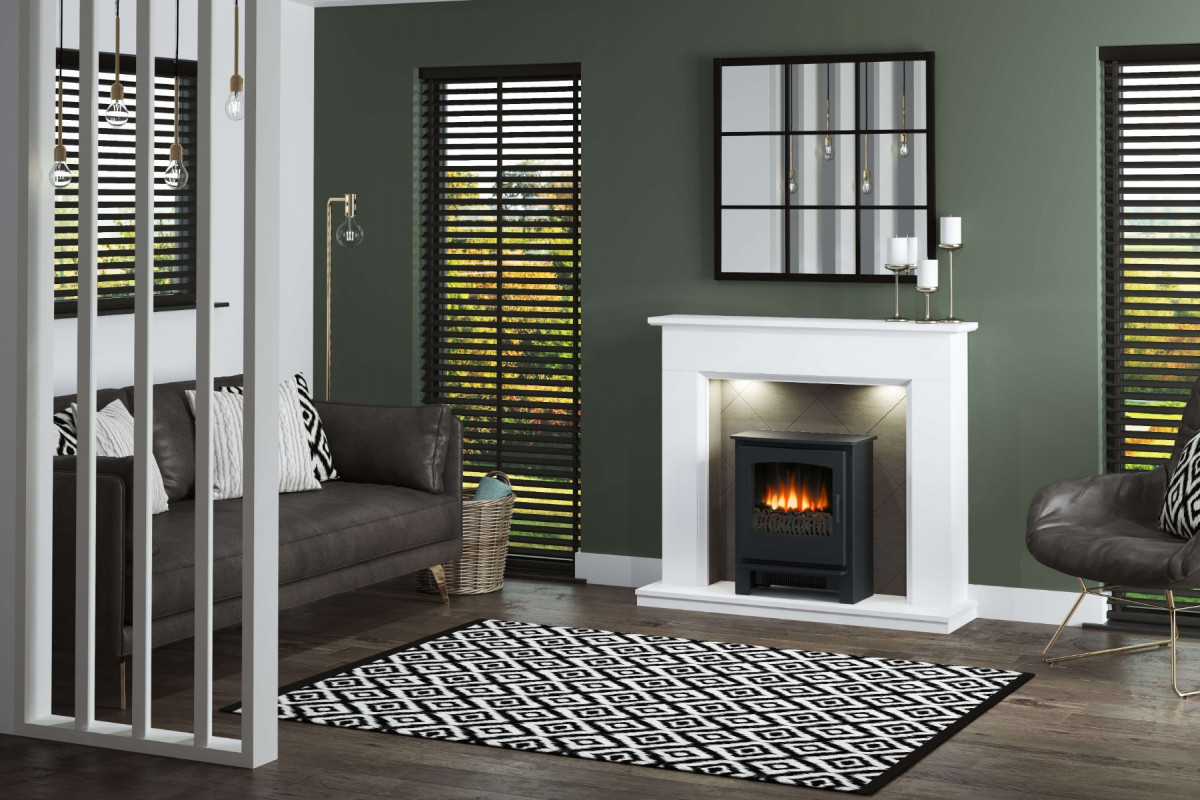
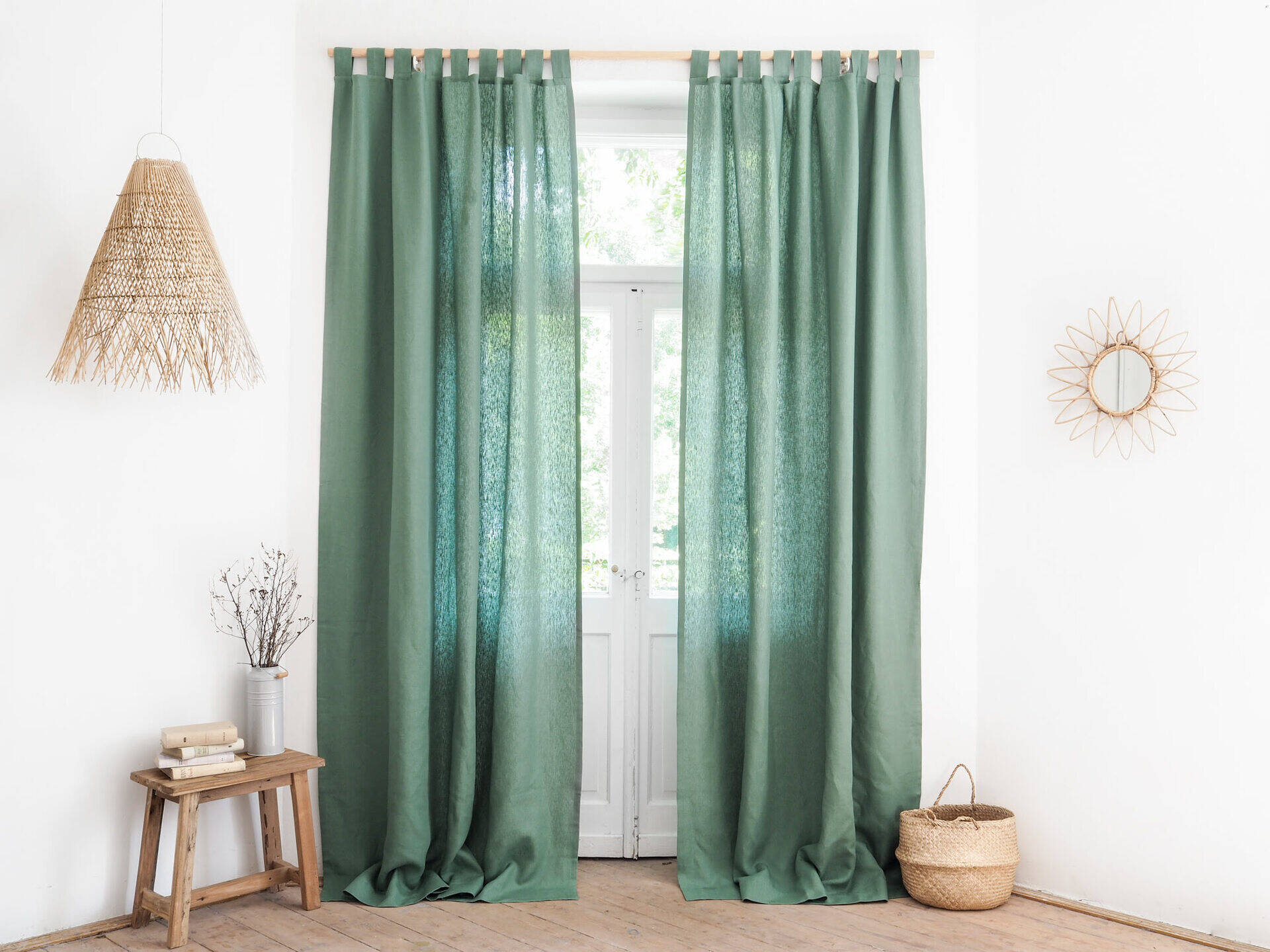


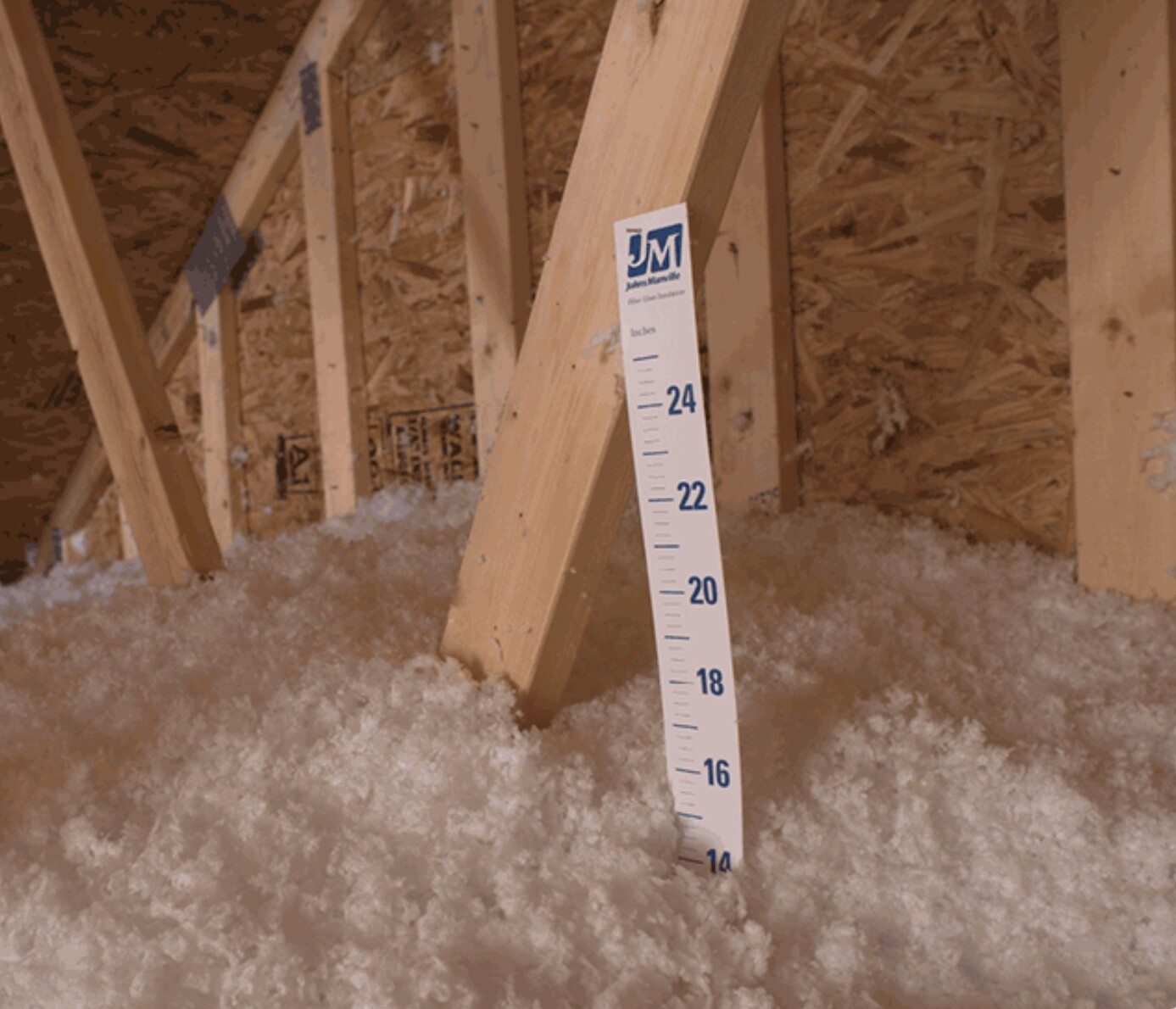
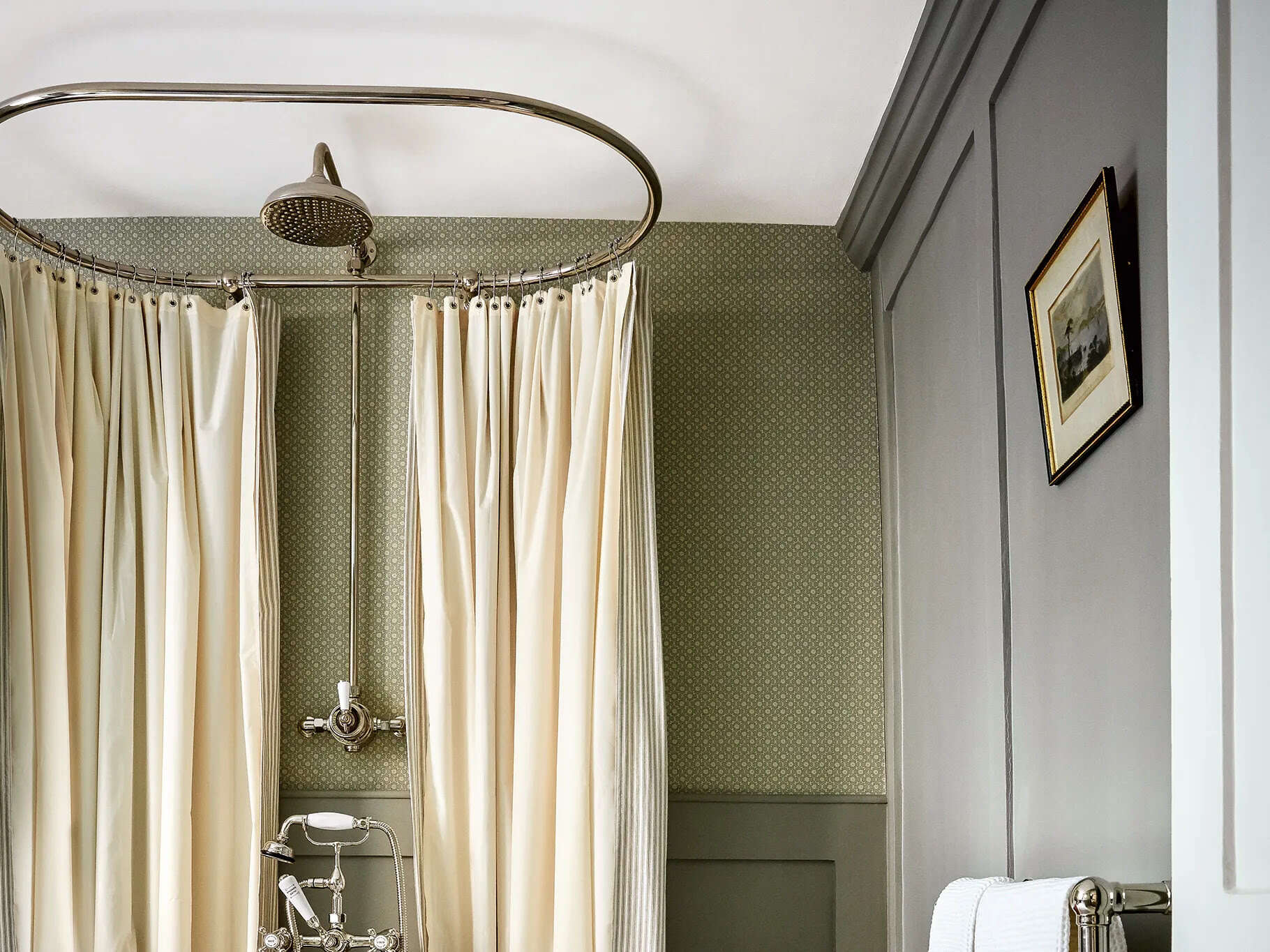
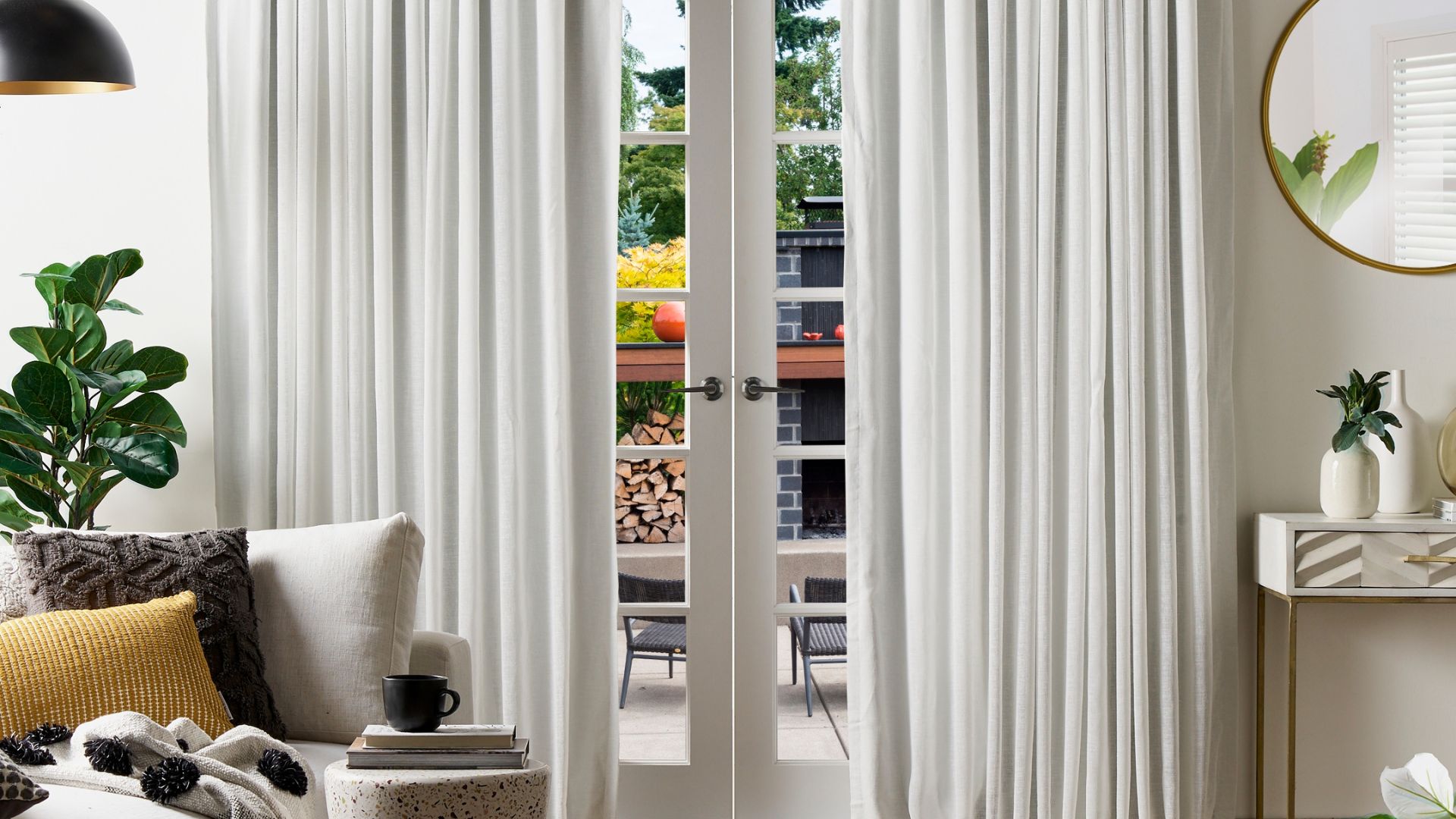
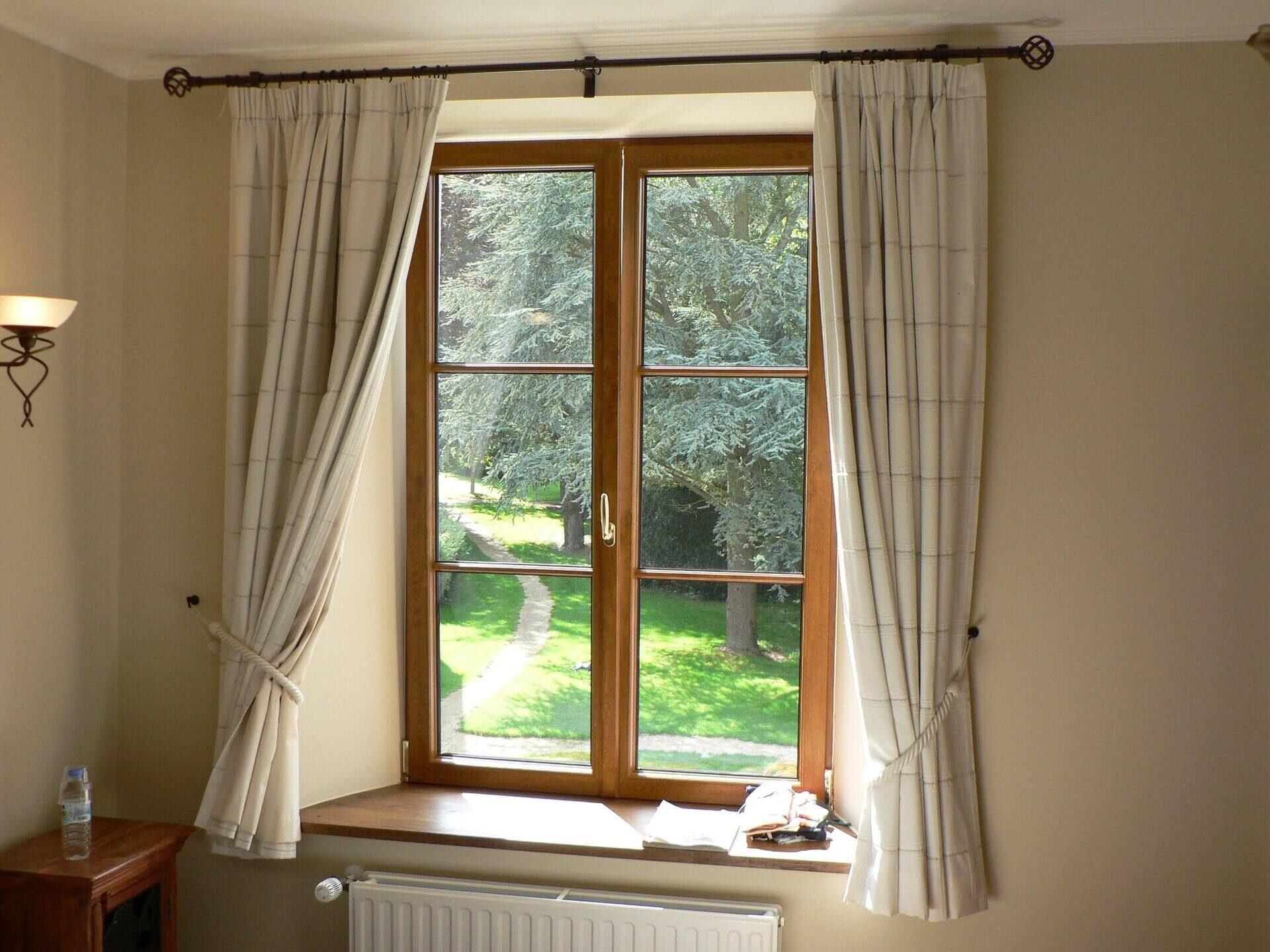

0 thoughts on “How Wide Do Curtains Need To Be”